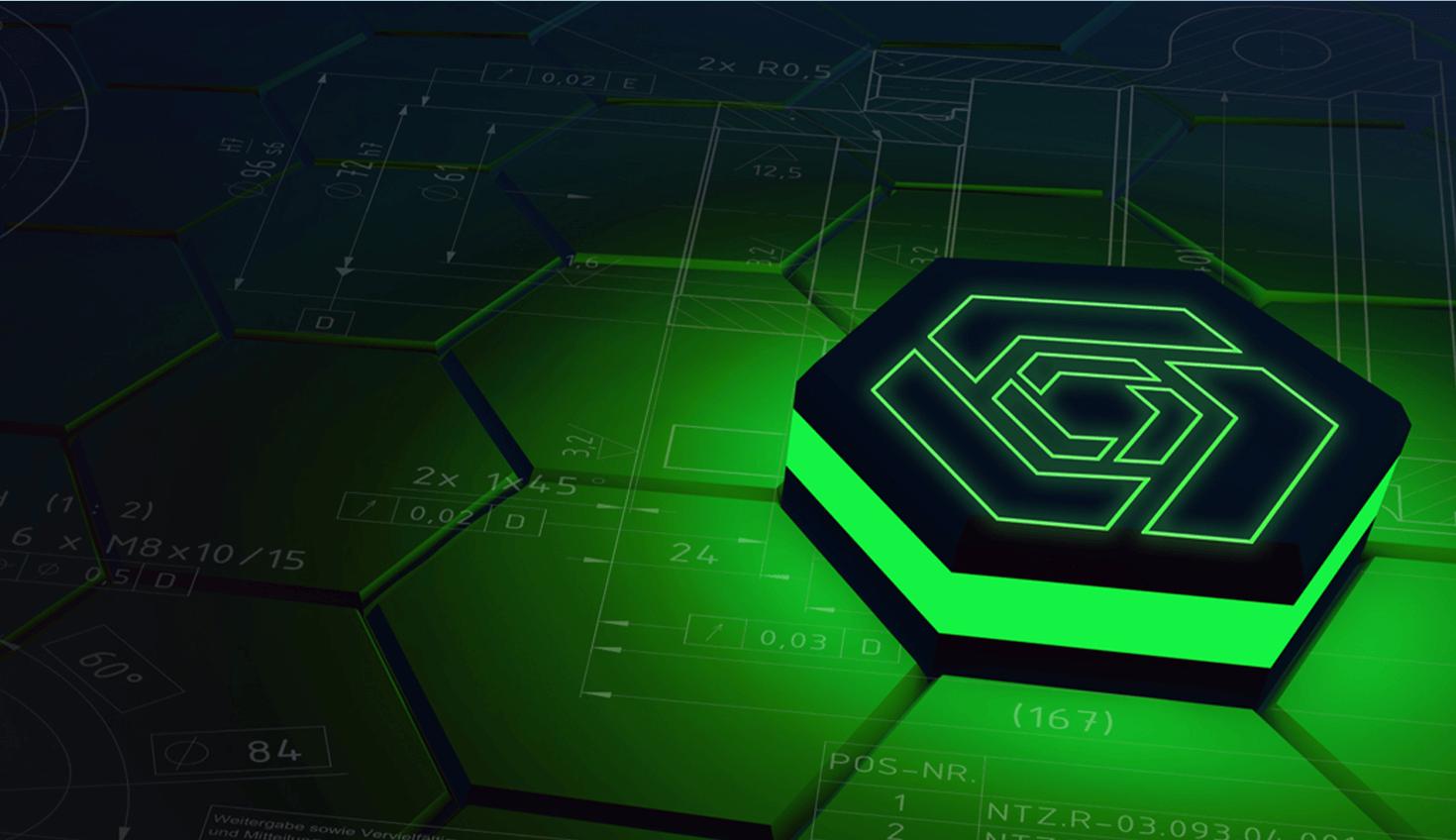
05:44
When car shopping, customers are faced with plenty of options before making the final purchase.
Do they want heated seats? Tinted windows? A sunroof? A sleek, red paint job? Seasonal tires?
With so many choices, it’s hard to believe a car tailored specifically to one’s needs is possible. After all, putting together a whole car isn’t as easy as building a LEGO set.
However, it can be very much like building a LEGO set by applying modular design to the production line.
One advantage of modular design is that it allows manufacturers to swap in or out whichever parts are requested. Many companies use this concept and, for some, it is the key element in their operating model. For example, IKEA’s production line is modular at its core. Because of that, the Swedish company dominates the market by offering sleek, functional and affordable furniture.
How can modular design benefit your product development business? Let’s explore.
What is Modular Design?
Modular design is best understood when thinking about LEGO pieces. Each individual brick can fill several roles – it can be part of a building, a Star Wars Millennium Falcon or a Bonsai tree.
This standardization of parts allows for the reuse of designs, more adaptability and an easier validation process.
It's also a lot faster to diagnose problems with modular design. When something goes wrong, rather than shutting down the entire production line, the problematic module can be pinpointed and rapidly replaced.
If a specific module is crucial to the manufacturing process, having spares on hand in case of a sudden breakdown, production bottleneck, or general wear and tear can help save money on downtime and repairs.
The advantage of modular design offers reduced development time, fewer component inventories and the possibility to integrate a wider range of machine operations for the machine builder. More effort can be spent focusing on the components of the machine that set it apart from the competitors, and less time can be spent on the parts that don't.

Enhance Modular Design with Onshape
Onshape has a number of design solutions that can help any company implement modularization and take advantage of modular design with the use of the platform’s cloud-native tools.
Transparency During the Design Process: In a world where product workflows are becoming more collaborative, designers are faced with a new set of challenges. The need for transparency and collaboration is no longer just a nice to have, but an essential requirement for success. This is where Onshape’s real-time collaboration capabilities come in.
End-users need tools to collaborate with other designers, developers and stakeholders through a shared interface. This means that no one needs to wait for another person to save or check in a file before moving on. The transparency offered by real-time collaboration tools helps accelerate time-to-market by allowing all parties to work together more efficiently from start to finish.
Automate Repetitive Tasks: All design processes are iterative. More often than not, designers are inundated with repetitive tasks that take up not only time and money but sanity. In an effort to alleviate the hassle of mundane design tasks, many are turning to automation.
Automating modular design tasks yields significant benefits as designers can allot more time to spend on other projects, refine their creative process and explore new ideas. Automation is the key solution for cutting down on wasted time, while at the same time improving productivity and speeding up the time in which a product can be brought to market.
With Onshape’s Custom Features, product designers can automate tasks specific to their own workflows.
Onshape configurations, too, automate the tedious process of configuration management. Infinite product variations are possible thanks to one-of-a-kind configuration variables. With Onshape's Release Management tools, each configuration may be individually revision controlled.
In file-based CAD systems, all configuration options are stored in a single table with entries for every possible permutation, which can result in thousands of rows in that one database. The table increases exponentially as setups become more complex with additional options, making it nearly impossible to understand, diagnose, or maintain.
Onshape makes it simple for users to create and use complex configurations that designers frequently require. To do this, Onshape allows you to create complex families of parts by separating each set of independent configuration options into separate smaller tables. The number of table rows and columns necessary is drastically reduced as a result of this.
Users can also configure things like continuous values and entity selection sets – not just dimensions – allowing for more flexibility. Learn more about the advantages of Onshape’s configurations by watching the video below.
Explore Various Design Scenarios Without Conflict: The ability to create focused, efficient and well-designed solutions without affecting others' work is the fastest way to achieve a streamlined product line.
Say goodbye to the days when version incompatibilities could slow down production. All users have access to the latest version of the product.
Onshape’s built-in data management features empower designers to explore different design scenarios and aesthetic approaches without worrying about designs being in conflict with the current project. Poor design decisions can be easily rescinded, while better ideas can be incorporated into the main design.
Accessibility: As remote work becomes the norm and teams extend to external collaborators, it is imperative that design data can be shared easily and safely.
Designs modeled in Onshape can be accessed from any device with an internet connection and shared with any stakeholder who wants in on the product design process. With this ease of accessibility, feedback loops can be tighter and include outside departments.
How Does Onshape Take Advantage of Modular Design?
Onshape is the perfect tool to augment modularization. Why? The team behind the cloud-native platform understands the modular mindset.
The Onshape service is built in the same way. Multiple, smaller services work together to provide the Onshape service to our users and customers. Each of these services scale “horizontally” by automatically adding additional servers when the demand rises and removing these servers when demand drops.
This allows Onshape to efficiently handle the design workload of all of our users. This also reduces the impact of any failures and contributes to the high level of reliability Onshape users experience.
Because of this, Onshape is one of the only platforms that can support modularization, take full advantage of modular design and scale as business booms.
The Onshape Discovery Program
Learn how qualified CAD professionals can get Onshape Professional for up to 6 months – at no cost!
(Onshape Technical Content Manager Lance Wyndon contributed to this blog.)
Latest Content

- Case Study
- Consumer Products
BOA Technology: Redefining Outdoor Fit Equipment with Cloud-Native Onshape
11.03.2025 learn more
- Blog
- Becoming an Expert
- Assemblies
- Simulation
Mastering Kinematics: A Deeper Dive into Onshape Assemblies, Mates, and Simulation
12.11.2025 learn more
- Blog
- Evaluating Onshape
- Learning Center
AI in CAD: How Onshape Makes Intelligence Part of Your Daily Workflow
12.10.2025 learn more
- Blog
- Evaluating Onshape
- Assemblies
- Drawings
- Features
- Parts
- Sketches
- Branching & Merging
- Release Management
- Documents
- Collaboration
Onshape Explained: 17 Features That Define Cloud-Native CAD
12.05.2025 learn more



